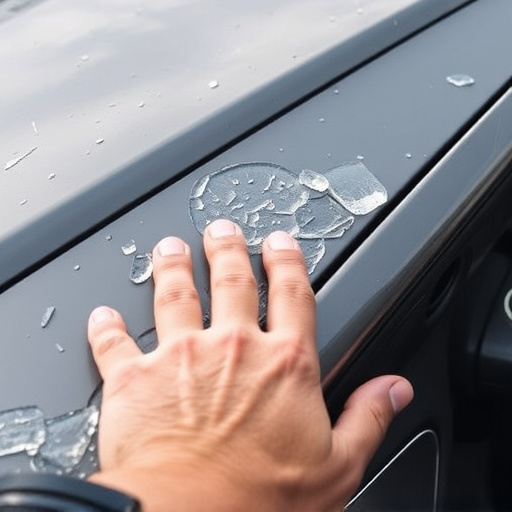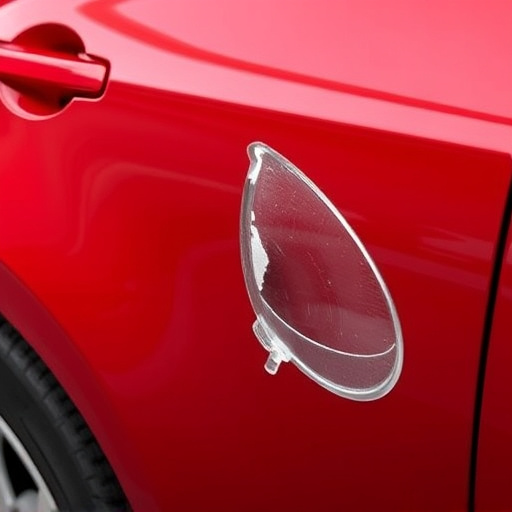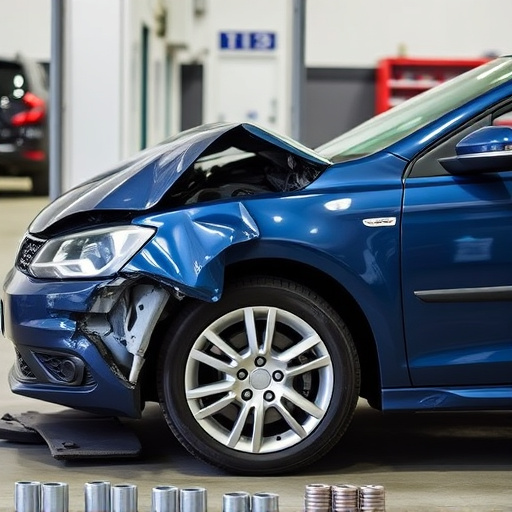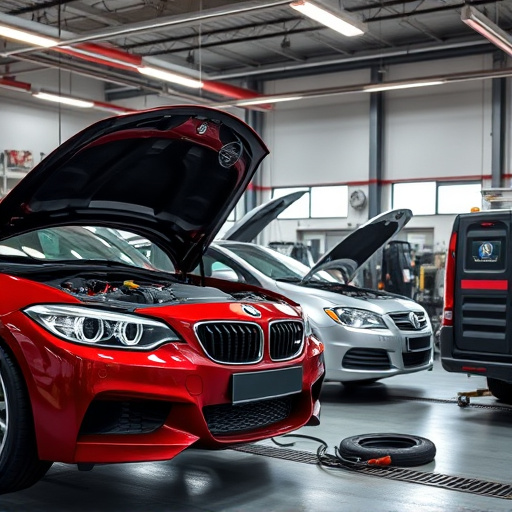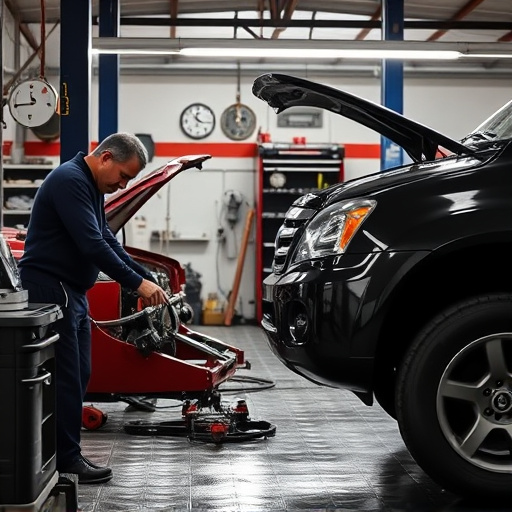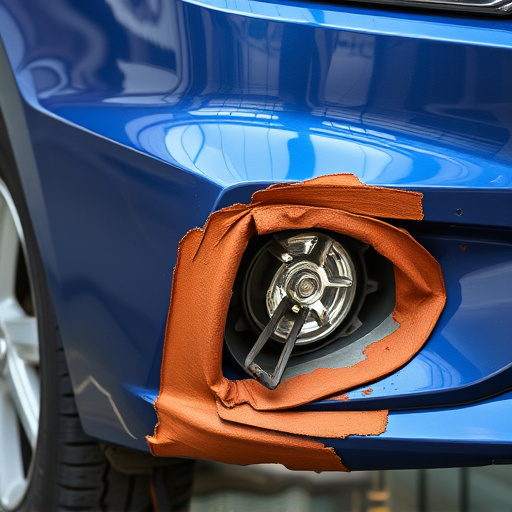In today's market, understanding customer demand for composite material replacements is vital, especially in automotive repairs. Composites offer durability and lightweight design, revolutionizing various industries including automotive, construction, and aerospace. Integrating composite replacement into collision repair processes requires training and surface preparation but yields long-lasting results, enhancing aesthetics and vehicle performance while promoting sustainable practices.
In today’s market, composite materials are transforming industries. Yet, understanding real customer experiences with composite material replacements remains crucial. This article delves into the diverse perspectives and applications of these alternatives, exploring their benefits in various sectors. We also address challenges, offering insights on successful implementation strategies. Discover how businesses are harnessing composite material replacements to enhance durability, reduce costs, and elevate customer satisfaction.
- Uncovering Customer Perspectives on Composite Material Alternatives
- Real-World Applications and Benefits of Composite Replacements
- Overcoming Challenges: Ensuring Successful Implementation
Uncovering Customer Perspectives on Composite Material Alternatives
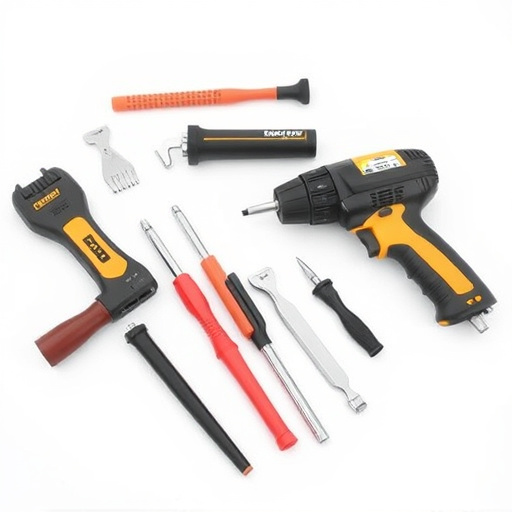
In today’s world, where customer satisfaction is paramount, understanding their perspectives on new materials and solutions is essential for businesses, especially in the automotive sector. When it comes to composite material replacement, Mercedes-Benz repair shops and fleet repair services are facing increasing demand from clients seeking durable, lightweight alternatives. Uncovering these customer preferences is a game-changer for manufacturers and repair facilities alike.
Many vehicle owners are now actively engaging with fleet repair services to explore composite options due to their superior strength-to-weight ratio and environmental benefits. By surveying and gathering feedback from these customers, businesses can tailor their offerings to meet specific needs. This shift in customer perspective is driving innovation, encouraging the development of advanced composite materials that not only enhance vehicle performance but also contribute to more sustainable vehicle repair practices.
Real-World Applications and Benefits of Composite Replacements
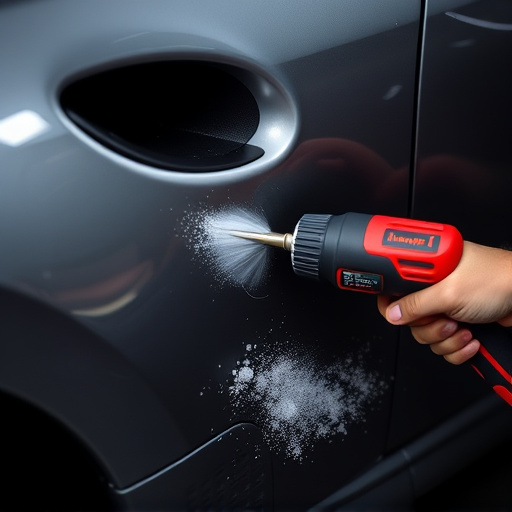
In today’s world, where functionality meets aesthetics, composite material replacement has emerged as a game-changer in various industries. Beyond the automotive sector, where frame straightening and autobody repairs are common practices, composite materials are revolutionizing construction, aerospace, and even consumer goods. Their lightweight yet robust nature makes them ideal for enhancing structural integrity while reducing weight, leading to improved performance and fuel efficiency.
One of the key benefits of composite replacements is their durability. Unlike traditional materials, composites can withstand extreme conditions, including high temperatures and corrosion, making them a preferred choice for demanding applications. This longevity translates to cost savings for businesses and consumers alike, as maintenance and replacement cycles are extended. Moreover, composites offer unparalleled design flexibility, allowing for intricate shapes and structures that would be challenging or impossible with conventional materials, fostering innovation in product development.
Overcoming Challenges: Ensuring Successful Implementation
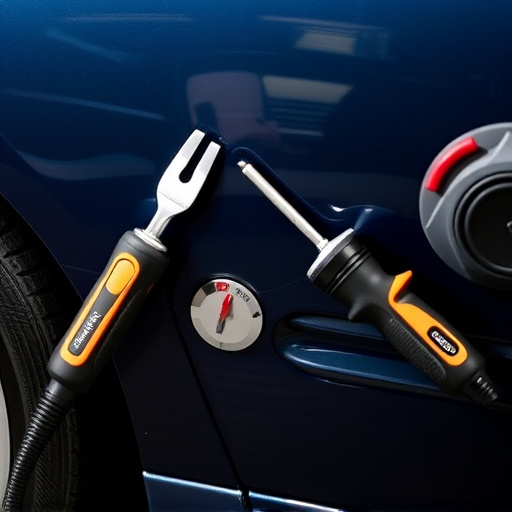
Implementing composite material replacement in automotive collision repair and fender repair processes can be challenging, but with careful planning and execution, it offers significant advantages. The key to successful adoption lies in overcoming initial obstacles. One major challenge is the learning curve associated with new materials and techniques. Training workshops and continuous education are essential for technicians to acquire the skills needed for precise composite material application, ensuring quality repairs that match original equipment.
Additionally, understanding compatibility issues between composite materials and existing automotive restoration methods is crucial. Proper preparation and surface treatment of surfaces before composite bonding ensures strong adhesion and long-lasting results. By addressing these challenges head-on, automotive collision repair shops can seamlessly integrate composite material replacement into their services, providing customers with durable, cost-effective repairs that enhance vehicle aesthetics and performance.
Composite material replacements have proven to offer significant advantages in various industries, as evidenced by real customer experiences. By unearthing consumer perspectives and understanding their benefits, businesses can navigate challenges and successfully implement these alternatives. This shift not only enhances product performance but also contributes to a more sustainable future, marking a compelling case for embracing composite material replacement solutions.
